Home>Ideas and Tips>Smart Smoke Alarm System Setup for Whole-House Fire Protection
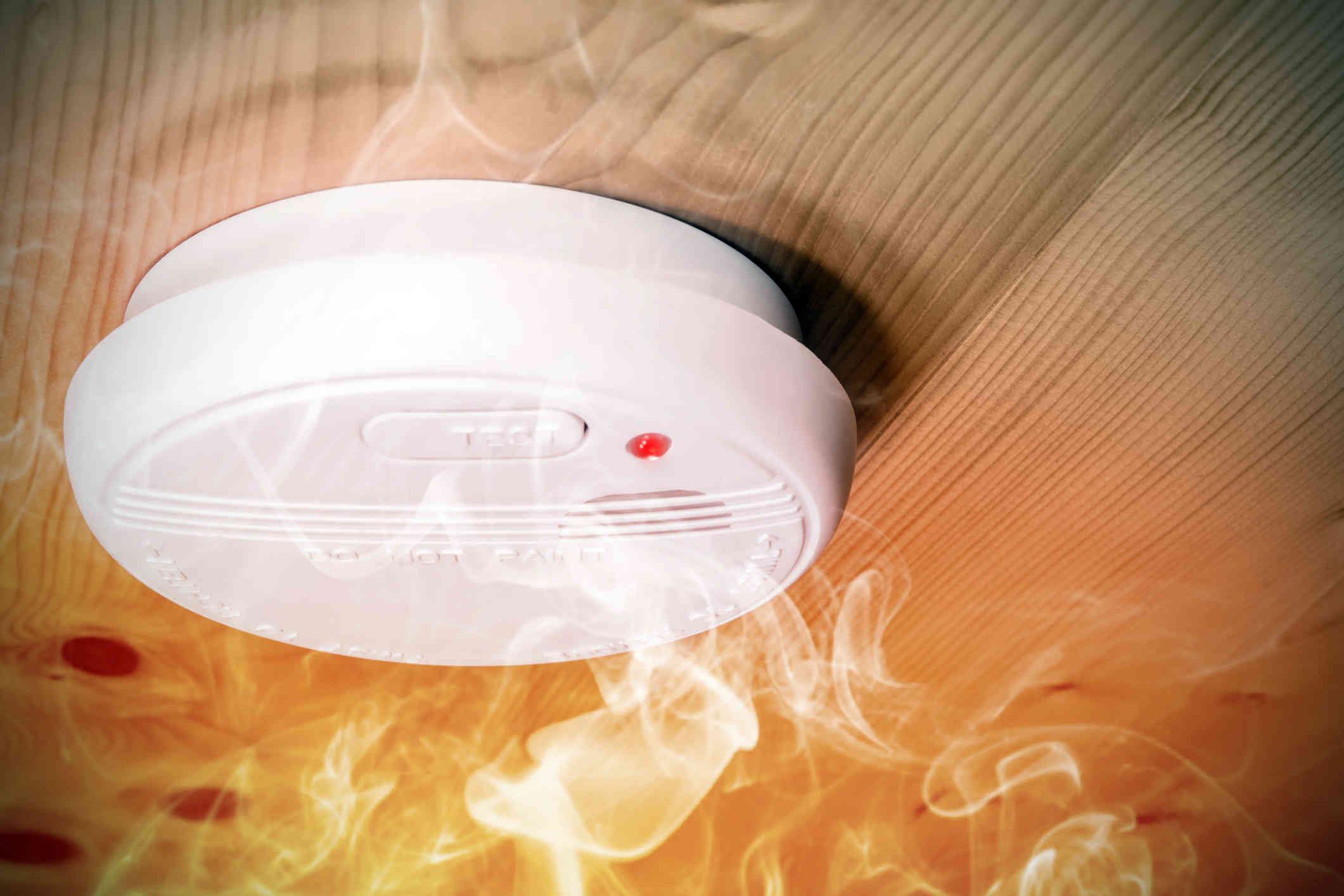

Ideas and Tips
Smart Smoke Alarm System Setup for Whole-House Fire Protection
Modified: November 2, 2024
Learn how to set up a smart smoke alarm system for whole-house fire protection. Enhance safety with strategic placement and smart home integration.
(Many of the links in this article redirect to a specific reviewed product. Your purchase of these products through affiliate links helps to generate commission for Storables.com, at no extra cost. Learn more)
In today’s world, home safety is paramount. One of the most critical components of a safe home is a reliable and advanced smoke alarm system. Smart smoke alarms offer enhanced safety features and the ability to connect with other smart devices in your home, providing a whole new level of confidence and control. In this article, we will guide you through the setup and installation of a smart smoke alarm system, ensuring your home is protected from the dangers of smoke and fire.
Step 1: Choosing the Right Smart Smoke Detector
Before diving into the installation process, it is essential to select the right smart smoke detector for your home. Consider factors such as battery life, connectivity options, and additional features like carbon monoxide detection. Look for a detector that meets your specific needs and is compatible with your smart home system.
For instance, the Kidde Smoke Alarm with smart features is designed to work together with existing Kidde hardwired interconnected alarms, providing whole-home alarm activation. When one alarm sounds, they all sound, and an alert is sent to your phone. This smart alarm is also compatible with Google Home and Amazon Alexa, allowing you to use voice commands to check alarm status and connection.
Step 2: Identifying Ideal Installation Locations
Smart smoke detectors should be strategically placed throughout your home to ensure optimal coverage. The National Fire Protection Association (NFPA) recommends installing a smoke alarm in the following areas:
- Minimum of one smoke alarm on every floor, including finished attics and basements.
- A smoke alarm inside and outside every sleeping area.
- A smoke alarm at the top of the stairs between the first and second floors.
- A smoke alarm on the basement ceiling near the stairs.
- Additional smoke alarms may be required in a home with over 1,000 square feet per level.
Each smoke alarm should be mounted on either the ceiling or the wall. It is recommended that you install the smoke alarm on the ceiling whenever possible. If you have a sloped or cathedral ceiling, the smoke alarm should be installed between 4” and 3’ from the highest point.
Step 3: Installation Process
Powering On the Smoke Alarm
The first time you set up your smart smoke alarm, you will need to power it on:
- Remove the mounting plate from the smoke alarm by twisting it counterclockwise.
- Use something narrow like a pencil or a paperclip to press the PAIRING button.
- You will hear three loud beeps and will see the status indicator light blink red when the smoke alarm powers on.
- Your smoke alarm is ready to detect smoke when the status indicator light stops blinking.
Pairing the Smoke Alarm
Once the smoke alarm has been powered on, you must pair it with your Telo Base Station:
- Bring the smoke alarm within ten feet of the Telo Base Station.
- Use the mobile app to press the “Add Sensor” button on the dashboard.
- Select “Smoke Alarm” as the type of sensor you would like to pair.
- Use something narrow like a pencil or a paperclip to press the PAIRING button and initiate pairing mode.
- Follow the on-screen instructions to complete the pairing process.
- Your smoke alarm’s status indicator light will pulse in green for three seconds if pairing is successful.
Placement Recommendations
When choosing the installation locations, make sure to avoid areas that may interfere with the detector's functionality. Avoid placing detectors near windows, vents, or drafty areas as these can lead to false alarms. Additionally, keep them away from areas with excessive humidity, such as bathrooms, as it may affect the detector's sensors.
Step 4: Wiring and Mounting
Smart smoke detectors are available in both wired and battery-powered options. Wired detectors offer a more permanent solution as they are directly connected to your home's electrical system. However, if you prefer a simpler installation process, battery-powered detectors are a convenient choice.
For battery-powered detectors, make sure to replace the batteries regularly to maintain their functionality. For wired detectors, always turn off the power at the breaker before removing the detector from the electrical box and when working with wires.
Screw and Drywall Anchor Installation
To install the smoke alarm in drywall, begin by using the back cover as a stencil to mark the drill holes. Drill the holes to fit the drywall anchors. Push the drywall anchors into the holes and then screw the mounting plate into place. Press the smoke alarm to the mounting plate and turn it clockwise to secure it.
Screw Installation
To screw the sensor into a non-drywall surface, screw the mounting plate directly into the wall in the desired location. Press the smoke alarm to the mounting plate and turn it clockwise to secure it.
Step 5: Testing and Maintenance
After installation, conduct a thorough test to ensure that the smart smoke detector is working correctly. Most detectors have a test button that allows you to verify the alarm's sound and responsiveness. Regular testing and maintenance are crucial to ensure your smart smoke detector is always in optimal condition.
Step 6: Integrating with Smart Home Systems
Once you have installed and tested your smart smoke detectors, connect them to your home's network and integrate them with other smart devices for added convenience. With a connected system, you can receive alerts and notifications on your smartphone or even automatically trigger actions like turning off HVAC systems during an emergency.
Optional Add-Ons
Some smart smoke alarm kits, like the Zooz | Kidde DIY Smart Smoke Alarm Kit, allow you to translate the alert signal into Z-Wave for smarter home integration. This kit connects to existing hardwired interconnected smoke alarms and translates their alert signals into Z-Wave for notification and control through your smart home hub.
Conclusion
Installing a smart smoke alarm system is a straightforward process that requires careful consideration of placement and connectivity. By following these steps and choosing the right smart smoke detector for your home, you can ensure whole-house fire protection and peace of mind. Remember to always read and understand the manufacturer's instructions thoroughly before proceeding with installation, and consider seeking professional help if needed.
In summary:
- Choose the right smart smoke detector based on your home's needs and compatibility with your smart home system.
- Identify ideal installation locations according to NFPA recommendations.
- Power on and pair the smoke alarm following the manufacturer's instructions.
- Wiring and mounting should be done carefully, ensuring proper connection and secure installation.
- Test and maintain the detectors regularly to ensure optimal functionality.
- Integrate with smart home systems for enhanced convenience and safety features.
By following these steps, you can set up a comprehensive smart smoke alarm system that provides robust whole-house fire protection, ensuring your home remains safe and secure at all times.
Was this page helpful?
At Storables.com, we guarantee accurate and reliable information. Our content, validated by Expert Board Contributors, is crafted following stringent Editorial Policies. We're committed to providing you with well-researched, expert-backed insights for all your informational needs.

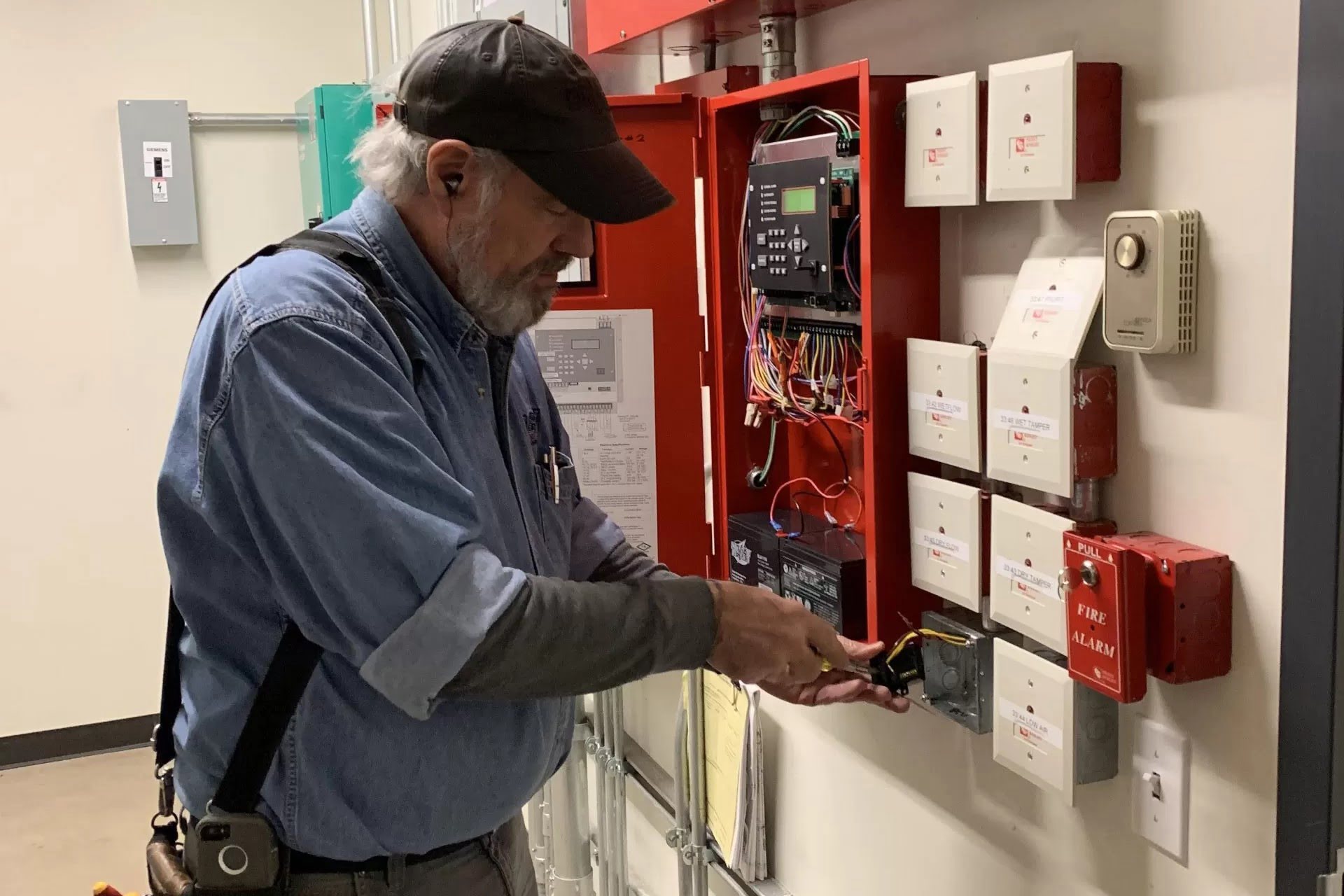
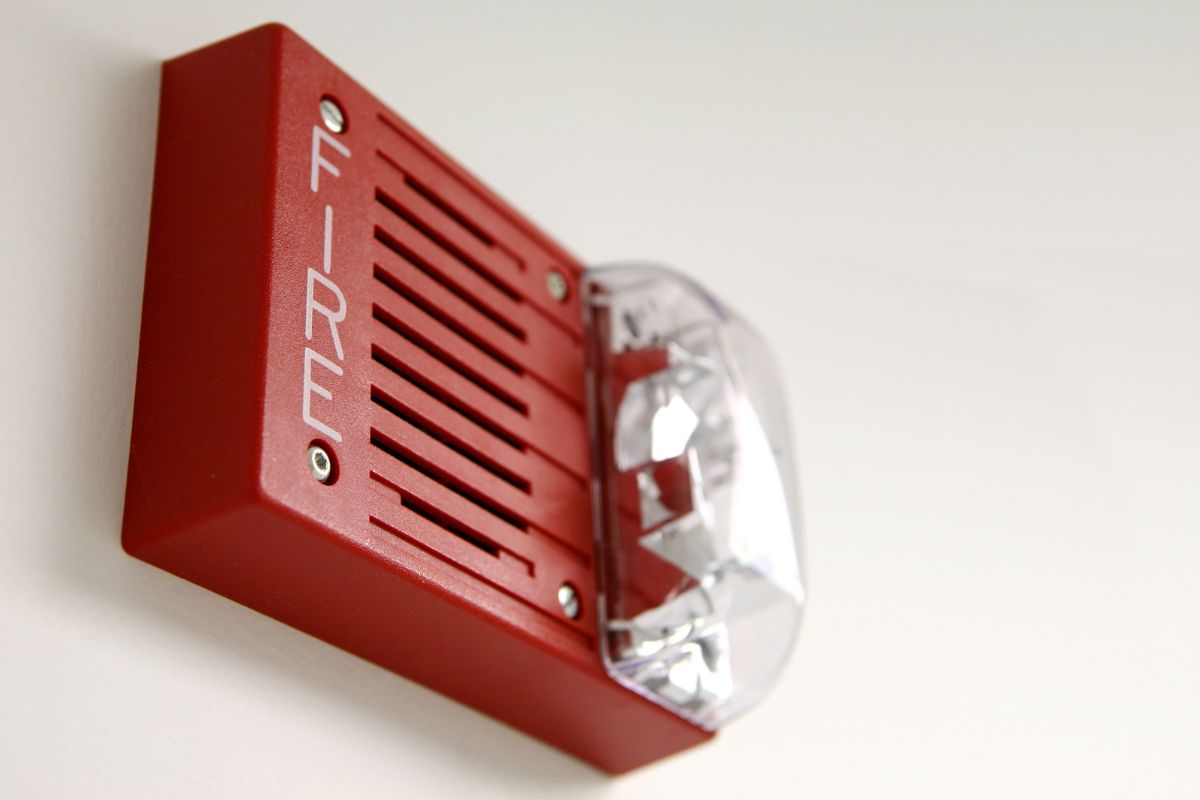

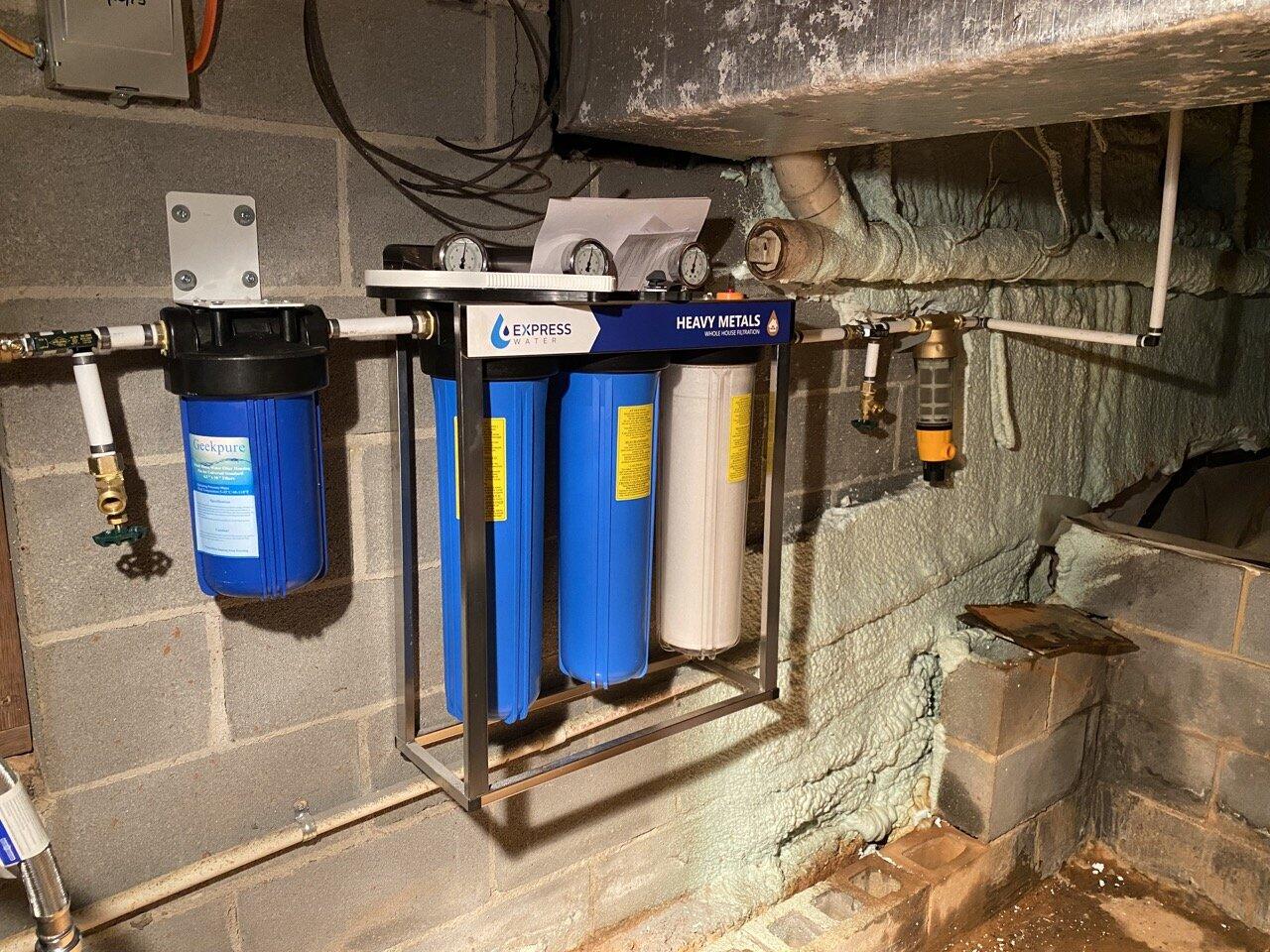
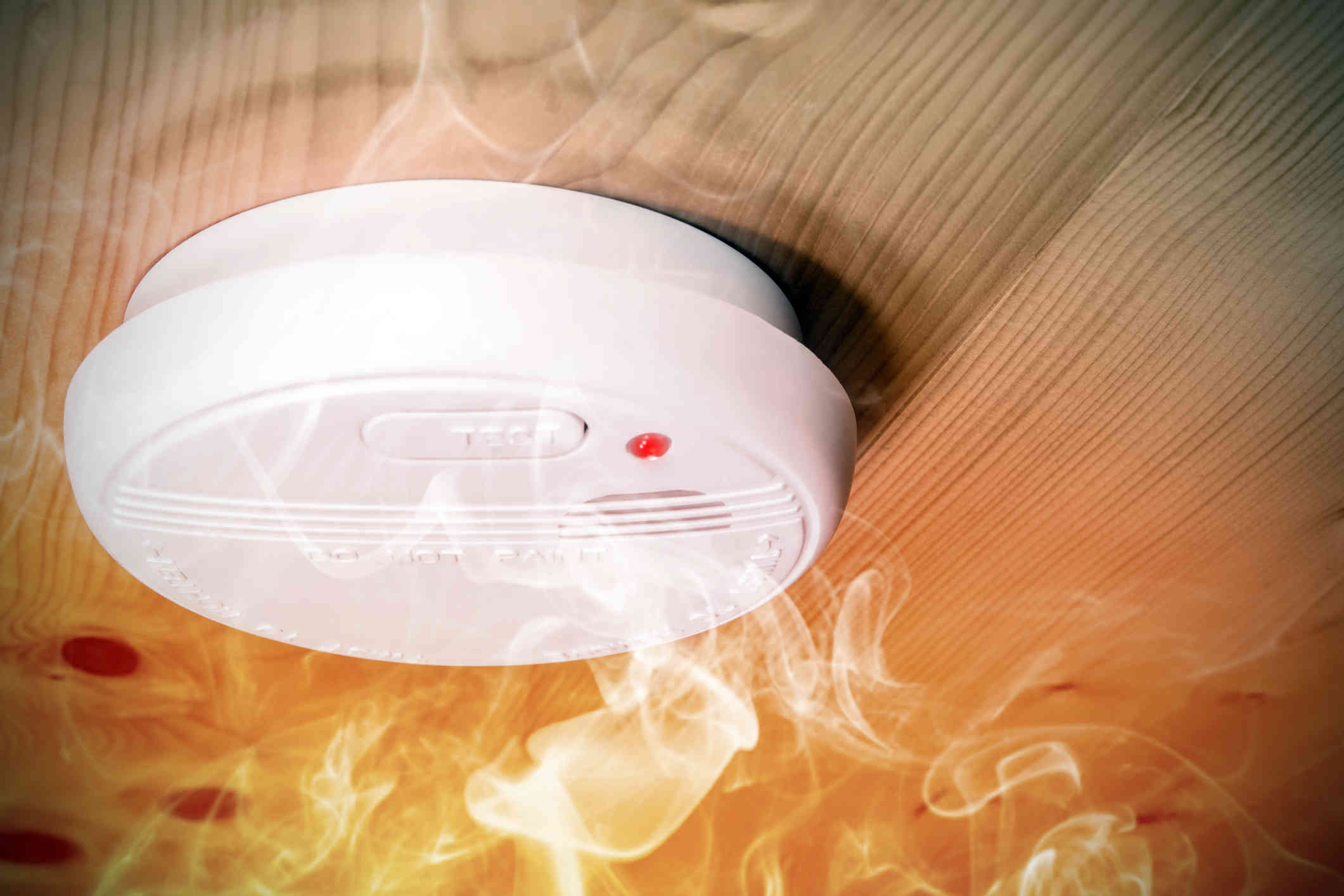
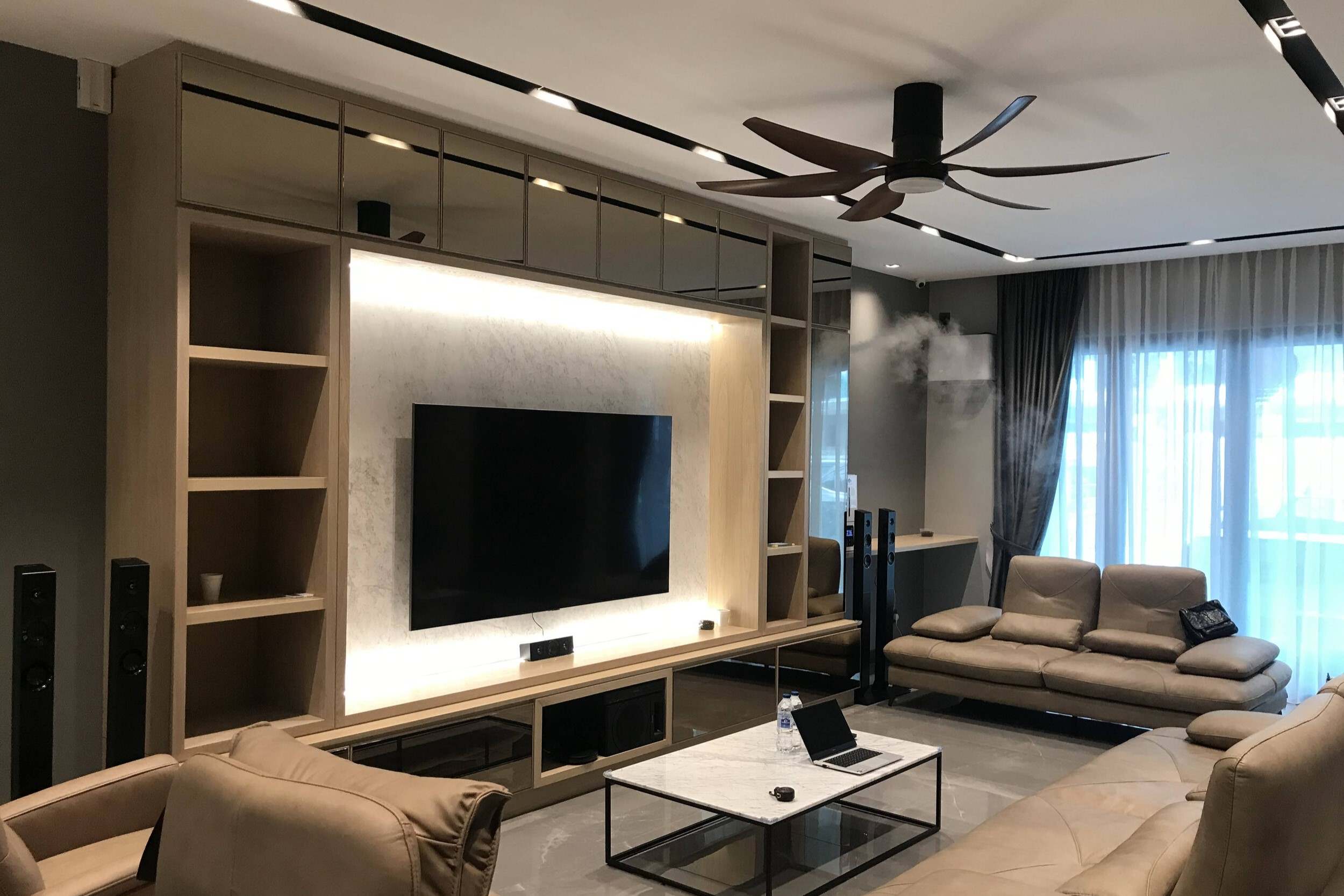
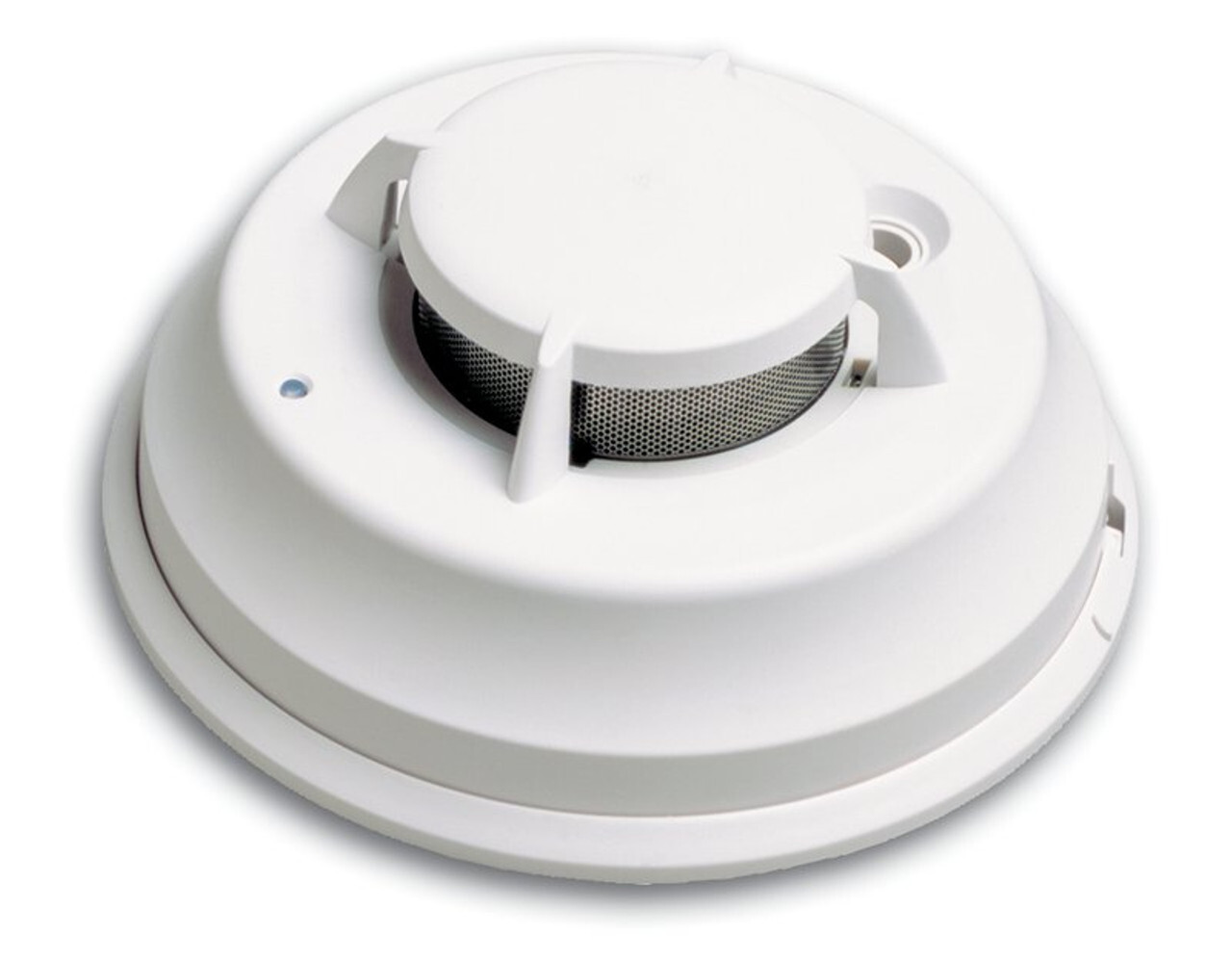

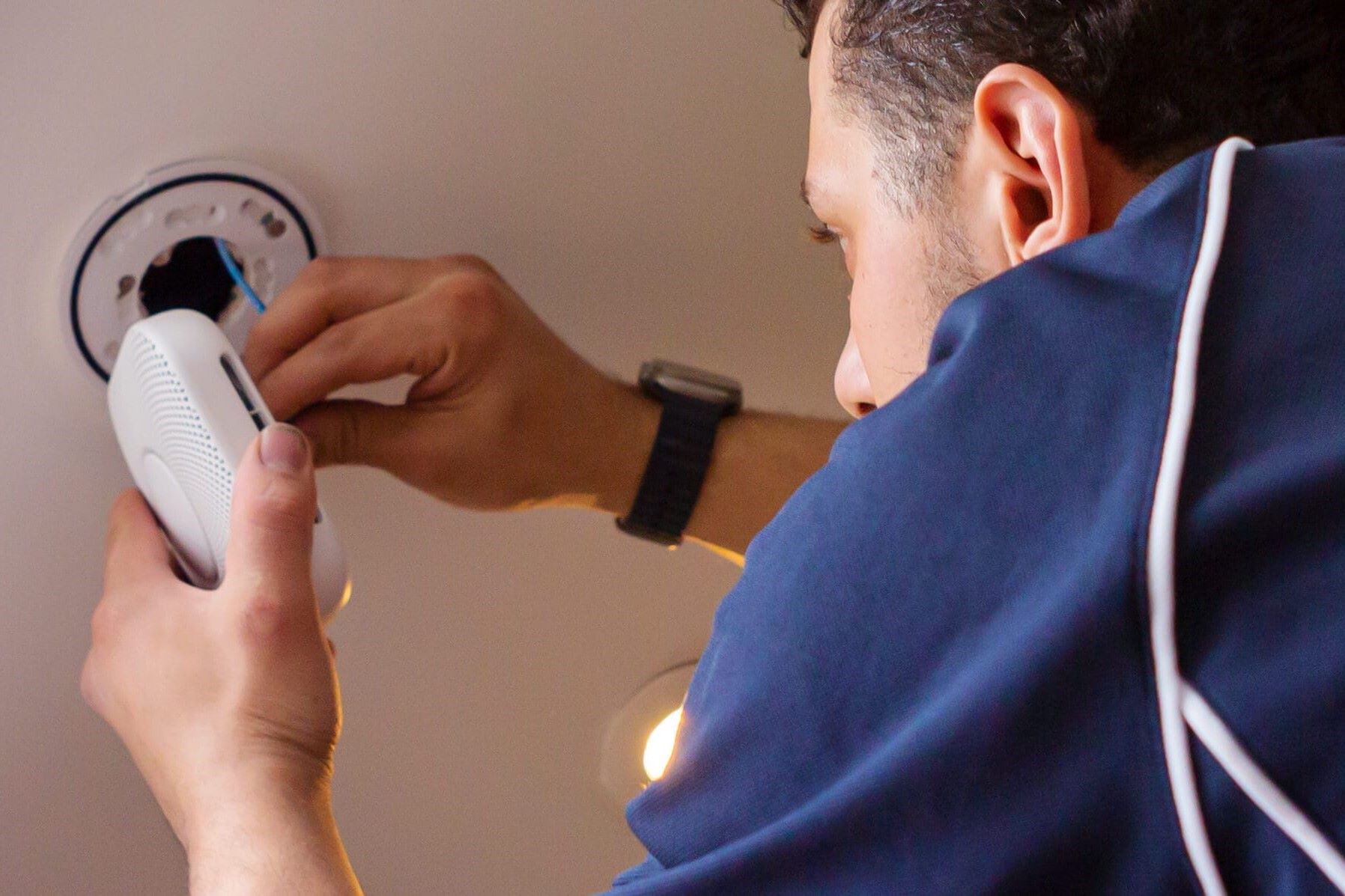

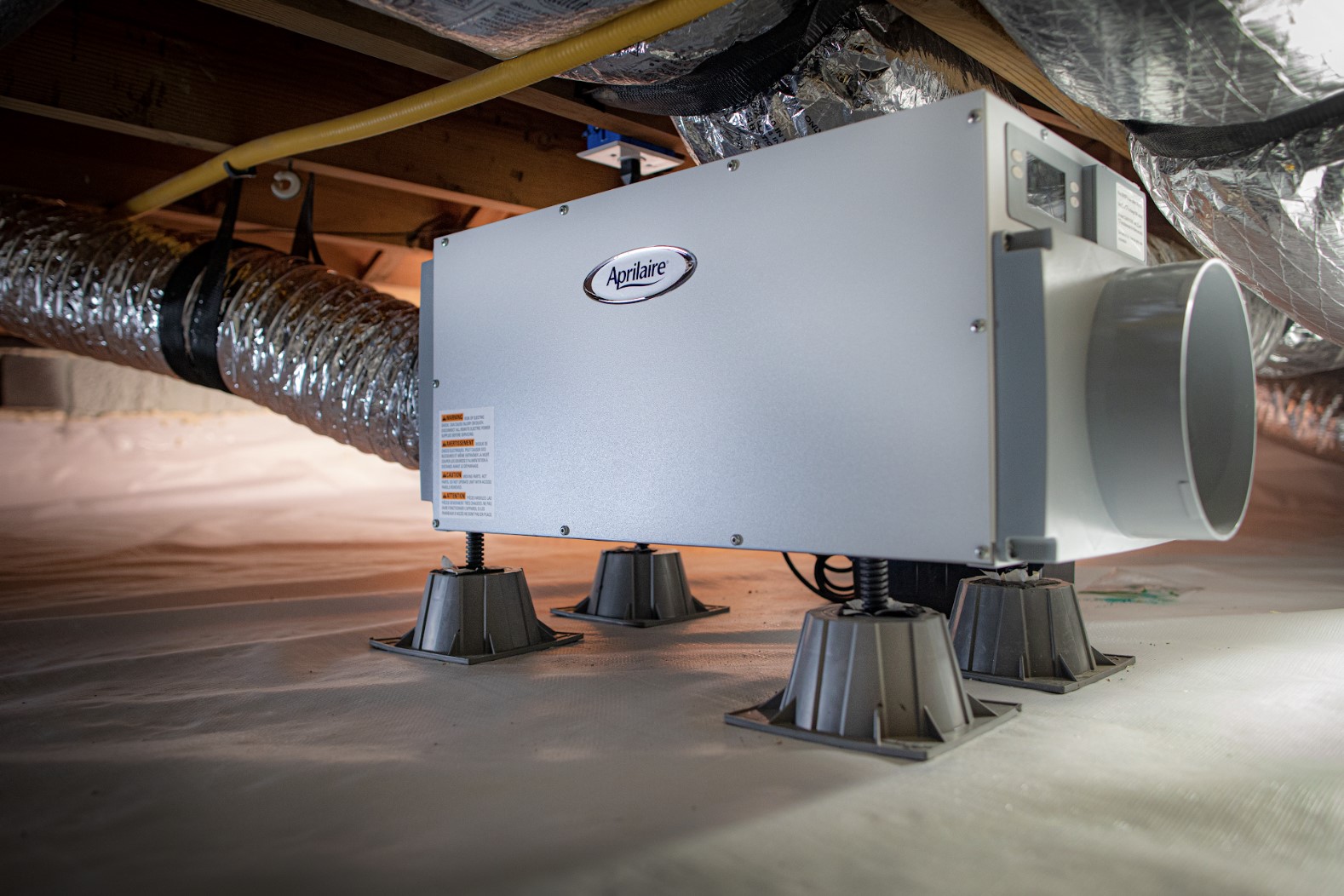

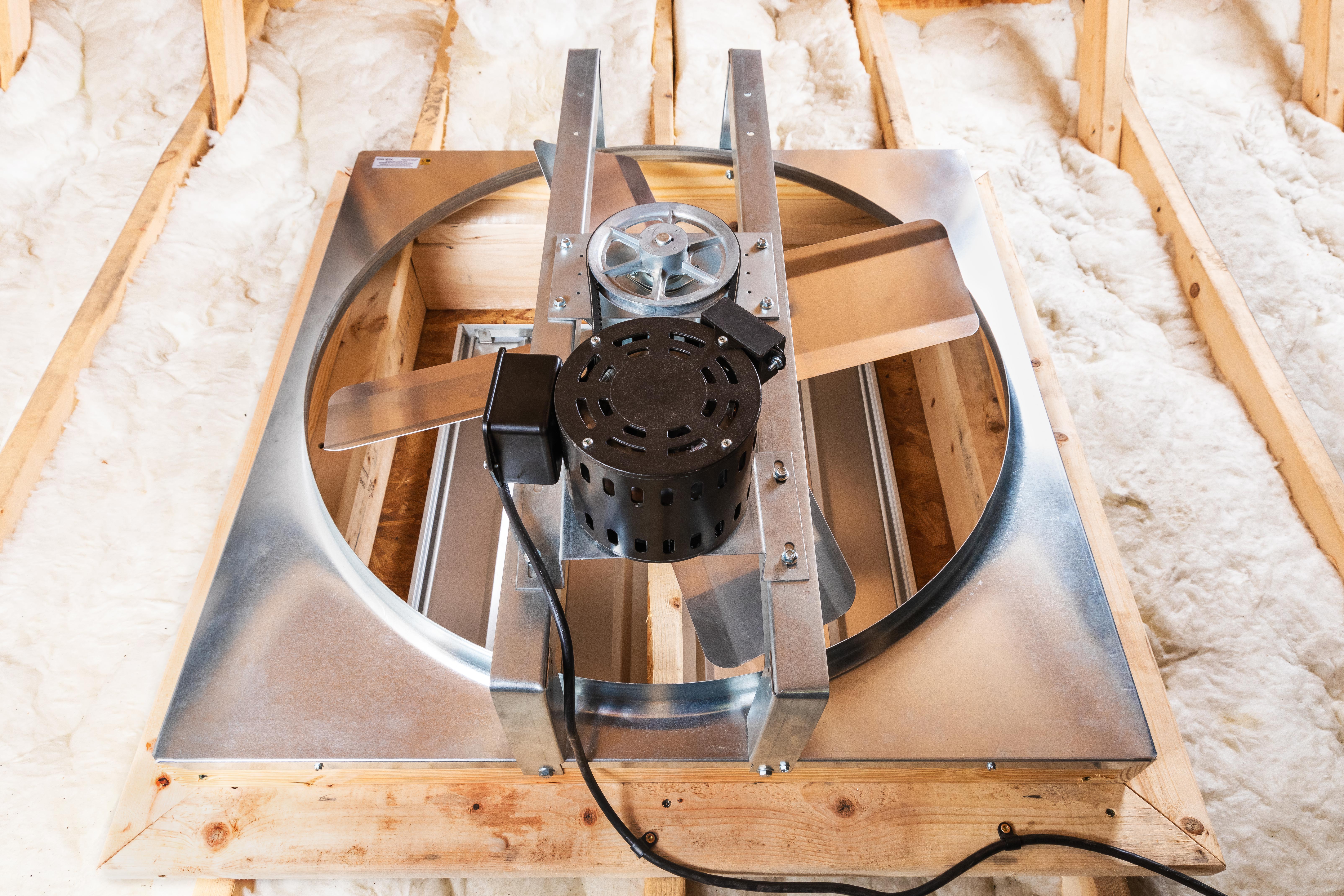

0 thoughts on “Smart Smoke Alarm System Setup for Whole-House Fire Protection”